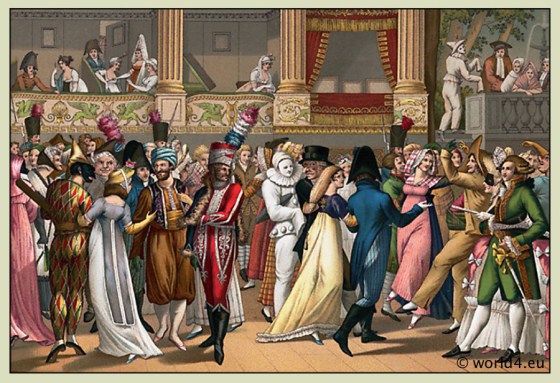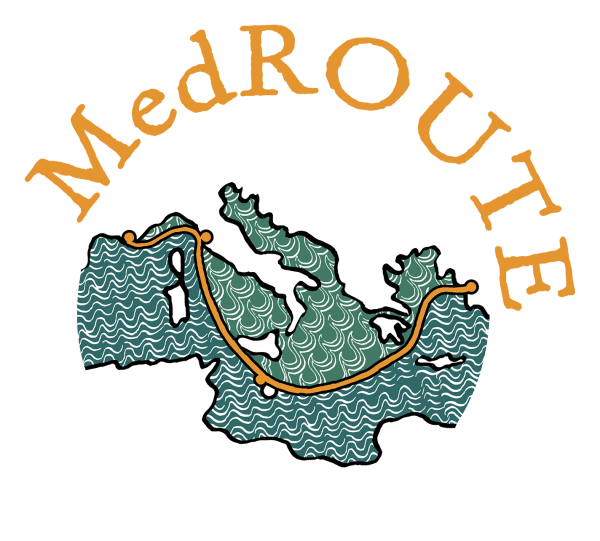The study of clothing in historical scholarship finds a milestone in the work of the French historian Daniel Roche. In The Culture of Clothing, Roche analyses dressing codes as builders of social taxonomy that goes beyond the natural one – inasmuch as ‘another of the ways in which people convert nature into culture is clothing’ – that is the root of social and cultural identity (Roche 1989). Clothing is thus ‘a cultural fact produced by history which resists history’, and to study it we need to see its ‘social role of the natural and functional constraints, internal or external to the system of which it is at the same time object and subject.’ In other words, it is a global social fact in Marcel Mauss’ sense, which makes clothing a way of thinking.
In premodern societies based on social and cultural orders, the appearance should without doubt declare both social and cultural affiliations. The subversion of this imperative should be carried out only in ritually provided contexts, such as that of the Carnival. Otherwise, it had always been possible to judge a book by its cover, in a perfect match between belonging and appearance.

The obsession with an immediate identification through clothing was particularly noticeable in places of culture contact. Ottoman and European laws, for example, were both keen to prohibit the use of Ottoman clothing by Europeans travelling or living in the Ottoman Empire, while Catholic missionaries were unfavourably impressed by the close similarity of the male-female and rich-poor Ottoman dress codes, as ambiguity of appearance was deemed an expression of ambiguity in personal ethics.
The anthropological quality of clothing as a general system but also linked to dressing as an individual act makes it particularly appropriate for studying the oscillation between the hybridization and isolation of foreigners living in premodern port cities. This is the very core of the question expressed by Ricca in Montesquieu’s Persian Letters, when he presented himself in society for the first time in European dress: if I am not dressed as a Persian, am I still Persian? Both travellers and collections of clothing illustrations provide us with a picture of very neat social and cultural divisions. The collections, in particular,
create an impression and established a difference, but they also revealed what was expected. In the open book of the world, these collections allowed a reading of society in whose truth is so to be sought less in terms of an illusory and always fleeting reality than in the explicitation of wonder and the creation of a discourse on otherness.
Daniel Roche

One of these collections, Gli abiti de’ veneziani, di quasi ogni età, by Giovanni Grevembroch (1754), is of particular interest because the author – a painter born into a Netherlandish family in Venice in 1731 – portrayed not only the representatives of each merchant group doing business in the Laguna but also foreign dwellers of the city – manly from the Greek and Jewish communities – some of whom had come to Venice in order to find a job. Such foreigners, who mingled at a different level with the Venetian people, often adapted their clothing to that of the city. In the Sfachiotta plate, for example, Grevembroch represents a young woman from Sfakià, in the region of Chanià, Crete. Sfakian girls came to work in patrician houses on account of their abilities as domestic servants and the author depicts one of them retaining the traditional Cretan dress.

However, when representing the Donna Greca, in the long illustration caption he states: ‘the married Greek ladies here wear the clothes, and the ornaments, in the Venetian fashion, mostly in black colour, but keeping on the head and over the shoulder a white headscarf.’ The exchange of dress codes in contact zones – often led by women – would eventually represent a laboratory in the divorce between being and seeming and the erosion of ideological borders in the generation of fashion trends wherein individuality of choice was to play a central role (Inal 2011)


 Medroute is funded by the European Union (Grant n. XXXXXXXXX) through Marie Curie Action.
Medroute is funded by the European Union (Grant n. XXXXXXXXX) through Marie Curie Action.